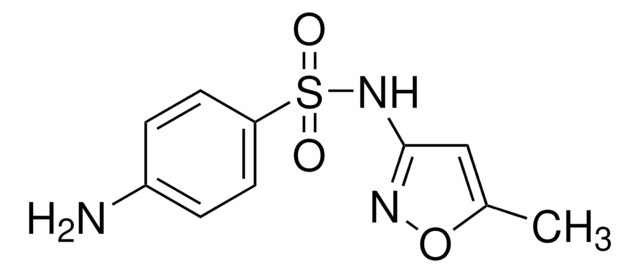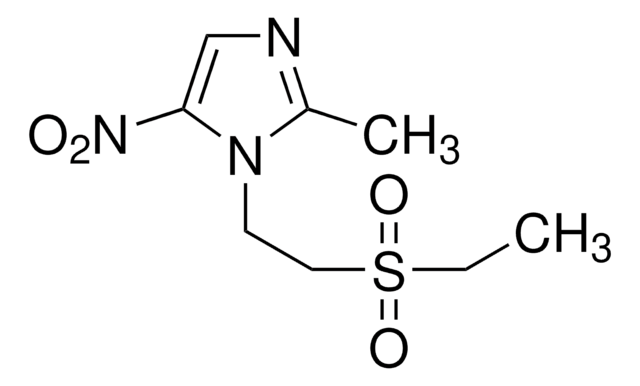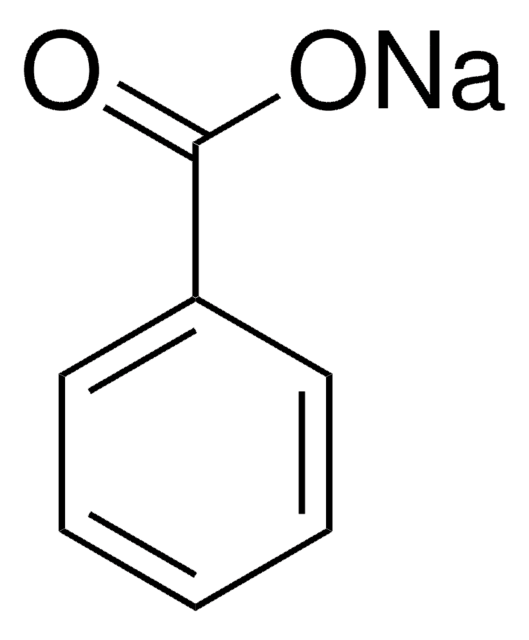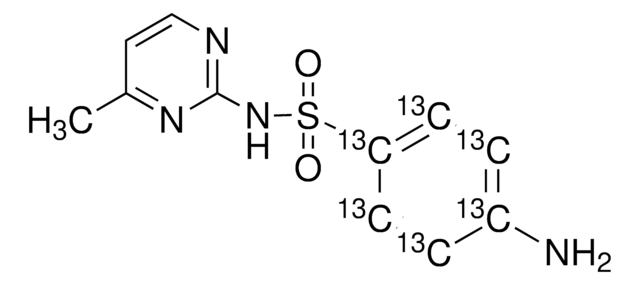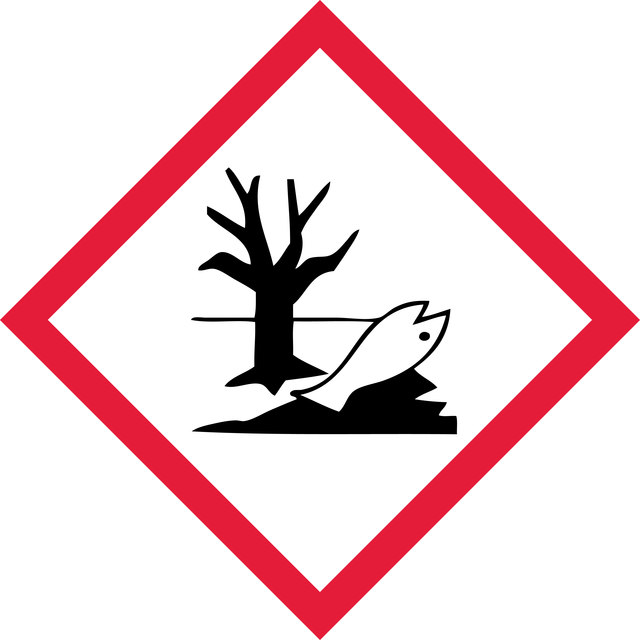939595
[IPr-H]2Pd2Cl6
≥95%
Synonym(s):
Bis-(1,3-bis(2,6-diisopropylphenyl)-1H-imidazol-3-ium)-hexachloropalladate, NHC palladium
Select a Size
About This Item
₩204,523
Recommended Products
Quality Level
Assay
≥95%
form
powder or crystals
reaction suitability
core: palladium
reagent type: catalyst
core: palladium
reaction type: Buchwald-Hartwig Amination
reagent type: catalyst
core: palladium
reaction type: Buchwald-Hartwig Cross Coupling Reaction
reagent type: catalyst
core: palladium
reaction type: Cross Couplings
reagent type: catalyst
core: palladium
reaction type: Heck Reaction
reagent type: catalyst
core: palladium
reaction type: Hiyama Coupling
reagent type: catalyst
core: palladium
reaction type: Negishi Coupling
reagent type: catalyst
core: palladium
reaction type: Sonogashira Coupling
reagent type: catalyst
core: palladium
reaction type: Stille Coupling
reagent type: catalyst
core: palladium
reaction type: Suzuki-Miyaura Coupling
color
brown to orange
SMILES string
CC(C(C=CC=C1C(C)C)=C1N2C=C[N+](C3=C(C=CC=C3C(C)C)C(C)C)=C2)C.Cl[Pd]4(Cl)[ClH][Pd](Cl)(Cl)[ClH]4.CC(C(C=CC=C5C(C)C)=C5N6C=C[N+](C7=C(C=CC=C7C(C)C)C(C)C)=C6)C
InChI
InChI=1S/2C27H37N2.4ClH.2Cl.2Pd/c2*1-18(2)22-11-9-12-23(19(3)4)26(22)28-15-16-29(17-28)27-24(20(5)6)13-10-14-25(27)21(7)8;;;;;;;;/h2*9-21H,1-8H3;4*1H;;;;/q2*+1;;;;;;;2*+2/p-4
InChI key
QGYYJDLZEPDDDF-UHFFFAOYSA-J
1 of 4
This Item | AEM2B3044 | AEM2B3022 | AEM2B0544 |
|---|---|---|---|
| form solid | form solid | form solid | form solid |
| greener alternative product characteristics Design for Energy Efficiency | greener alternative product characteristics Design for Energy Efficiency | greener alternative product characteristics Design for Energy Efficiency | greener alternative product characteristics Design for Energy Efficiency |
| sustainability Greener Alternative Product | sustainability Greener Alternative Product | sustainability Greener Alternative Product | sustainability Greener Alternative Product |
| L × W 15 cm × 15 cm | L × W 10 cm × 10 cm | L × W 5 cm × 5 cm | L × W 10 cm × 10 cm |
| thickness 20 μm | thickness 30 μm | thickness 30 μm | thickness 5 μm |
| greener alternative category | greener alternative category | greener alternative category | greener alternative category |
General description
Application
Features and Benefits
- The precatalyst avoids the use of ′throw away′ stabilizing ligands often used in similar Pd-NHC complexes.
- The more sustainable synthesis of [IPr-H]2Pd2Cl6 compared to similar Pd-NHC complexes makes the product a more sustainable choice.
- A competitive price, with a higher Pd percentage than other Pd-NHC catalysts.
Signal Word
Danger
Hazard Statements
Precautionary Statements
Hazard Classifications
Acute Tox. 4 Oral - Aquatic Acute 1 - Aquatic Chronic 1 - Eye Dam. 1
Storage Class Code
11 - Combustible Solids
WGK
WGK 3
Flash Point(F)
Not applicable
Flash Point(C)
Not applicable
Choose from one of the most recent versions:
Certificates of Analysis (COA)
It looks like we've run into a problem, but you can still download Certificates of Analysis from our Documents section.
If you need assistance, please contact Customer Support
Already Own This Product?
Find documentation for the products that you have recently purchased in the Document Library.
Our team of scientists has experience in all areas of research including Life Science, Material Science, Chemical Synthesis, Chromatography, Analytical and many others.
Contact Technical Service
